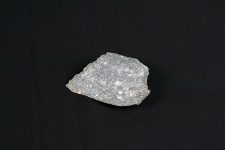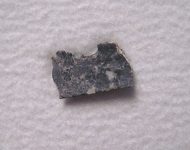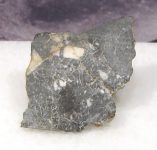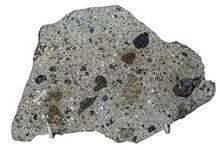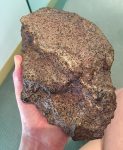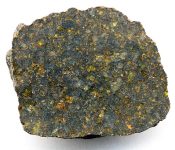Dar Al Gani
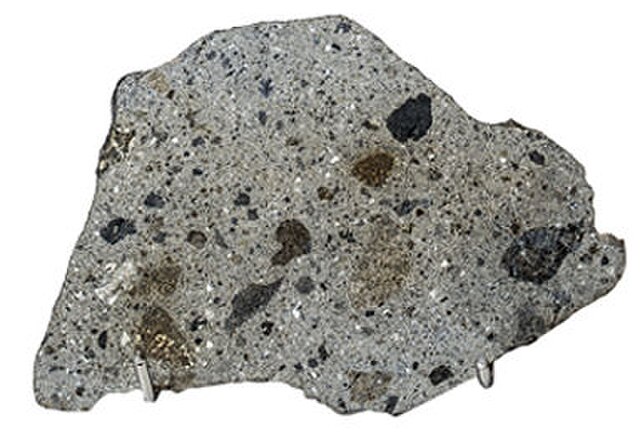
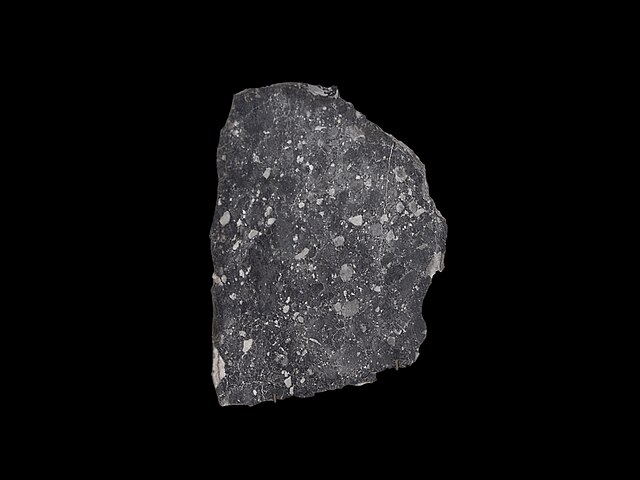
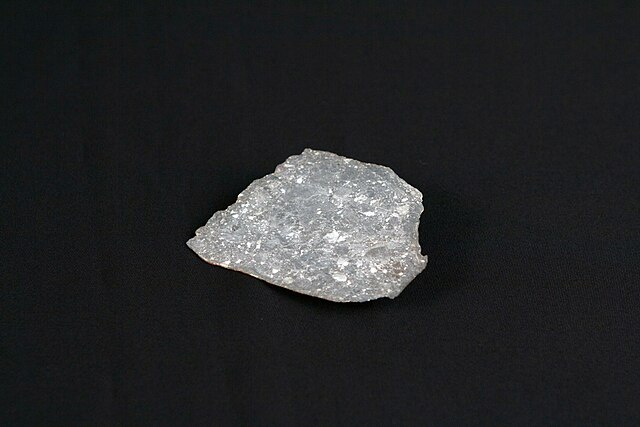
Dar Al Gani
Dar al Gani is a well-known locality in Libya where several meteorites have been discovered. These meteorites are classified based on their chemical composition and structure, offering valuable insights into the early solar system and the processes that shaped celestial bodies. Here’s an exploration of the Dar al Gani meteorites and their significance:
Discovery and Significance
The Dar al Gani meteorites were discovered in the Libyan Desert, specifically in the Dar al Gani region, which is known for its vast expanse of desert terrain that preserves meteorites exceptionally well. These meteorites have been found through systematic searches and expeditions, contributing to our understanding of meteoritics and planetary science.
Types of Meteorites
Meteorites found in Dar al Gani include various types such as ordinary chondrites, carbonaceous chondrites, and achondrites. Each type provides unique insights into the composition, structure, and formation processes of asteroids and other celestial bodies.
Ordinary Chondrites
Ordinary chondrites found in Dar al Gani are the most common type of meteorite. They are composed primarily of silicate minerals and contain small, spherical structures called chondrules. These meteorites are valuable for studying the early solar system’s composition and the conditions under which asteroids formed.
Carbonaceous Chondrites
Carbonaceous chondrites found in Dar al Gani are rich in organic compounds, including amino acids, which are essential building blocks of life. These meteorites provide insights into the delivery of organic materials to Earth and other planets, potentially seeding the conditions necessary for life to emerge.
Achondrites
Achondrites found in Dar al Gani are meteorites that lack chondrules and exhibit mineralogical and textural differences compared to chondrites. They are believed to originate from differentiated asteroids or planetary bodies where volcanic processes or differentiation occurred.
Scientific Research and Studies
Dar al Gani meteorites are studied extensively by scientists to understand their chemical composition, isotopic ratios, and mineralogy. These studies contribute to our understanding of solar system formation, asteroidal processes, and the geological history of planetary bodies.
Isotopic Studies
Isotopic analyses of Dar al Gani meteorites help scientists determine the age of the solar system and the timing of key geological events. Isotopic dating techniques, such as radiometric dating, provide insights into the chronology of meteorite formation and the evolution of planetary materials.
Geochemical Signatures
Geochemical analyses of Dar al Gani meteorites reveal unique elemental compositions and isotopic signatures that distinguish them from terrestrial rocks. These signatures help scientists identify their extraterrestrial origins and trace their parent bodies back to specific regions of the asteroid belt or beyond.
